Huawei Technologies plans to install 100,000 fast charging stations in China this year, including stations that are twice as fast as Tesla’s.
Advertisements for fast charging stations with the ability to provide an additional 1 km of range per second of charging have appeared in the parking lot of a shopping center in Shenzhen – Huawei’s hometown, with the words “600kW” displayed below the Huawei logo.
This ultra-fast charger was developed by Huawei’s subsidiary, Huawei Digital Power. The company previously produced charger components but is now taking a comprehensive leap into complete charging stations.
Liu Dawei of Huawei Digital Power said at an event in Hangzhou in mid-December, “We need to charge at 1 km per second to provide users with an experience similar to refueling a gasoline-powered vehicle.”
Huawei Digital Power will sell the chargers to charging service operators. The company plans to install a total of 100,000 chargers, including 250 kilowatt chargers, at locations like shopping centers and highway service areas by the end of 2024.
Based on the assumptions that Huawei used for the 1 km/second figure – an electric vehicle with an 80 kWh battery and a range of 600 km – in theory, a full charge could be completed in about 8 minutes. The actual charging time will vary depending on temperature and remaining battery capacity.
The 600 kW power of the charger is the highest in the world. For comparison, Tesla’s supercharger has a maximum power of 250 kW in China. Under the same conditions as Huawei’s estimate, a full charge with a Tesla device would take about 19 minutes.
Huawei said its charger can be used with all electric vehicle models, including Tesla’s cars.
Increasing the charger’s power also increases the amount of heat it generates. Huawei has addressed this issue with a liquid-cooled cooling system. While most chargers use fans for cooling.
Although Huawei’s main business is in telecommunications, the company is also involved in mobile service stations and solar energy production. When developing the electric vehicle charger, it appears that the company has combined telecommunications technology with weather-resistant capabilities from previous experiences.
The company is promoting the development of charging stations due to the increasing demand for modern devices that can keep up with advances in battery performance.
Last August, the world’s leading battery maker CATL announced a new battery that can charge 400 km in 10 minutes. State-owned Chery Automobile and an electric vehicle startup are among those that use Huawei’s autonomous driving system, which decided to use the battery.
According to the China Electric Vehicle Charging Infrastructure Promotion Union, China will have 2.7 million public charging stations by the end of 2023. This figure is expected to increase by 40% by 2024, but only a few will support fast charging.
Huawei said: “This number is not enough given the increasing demand for fast charging electric vehicles.”
Tesla has led the way in developing a fast charging network. The US electric vehicle manufacturer began installing charging stations in China in 2014 and had over 11,000 stations as of November. However, most of these stations only charge Tesla vehicles. The company announced that by 2023, it will open stations for use by other electric vehicles, but this will also apply to only about 20% of the company’s charging stations.
If Huawei’s charger, which is compatible with all vehicle manufacturers, becomes popular, it could bring a new breeze to Chinese electric vehicle manufacturers that support fast charging. Huawei currently focuses on the domestic market but does not rule out the possibility of expanding overseas.
TT (Tuoitrethudo)
Reference: Asia.Nikkei

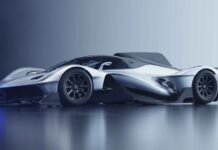
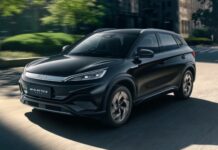
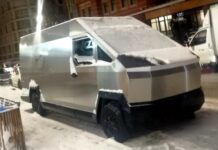
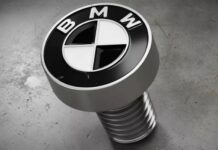





















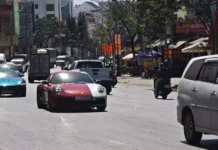
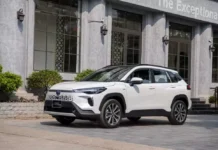
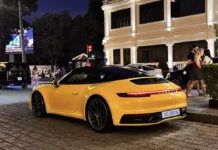
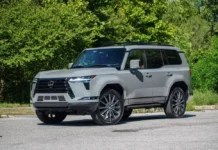
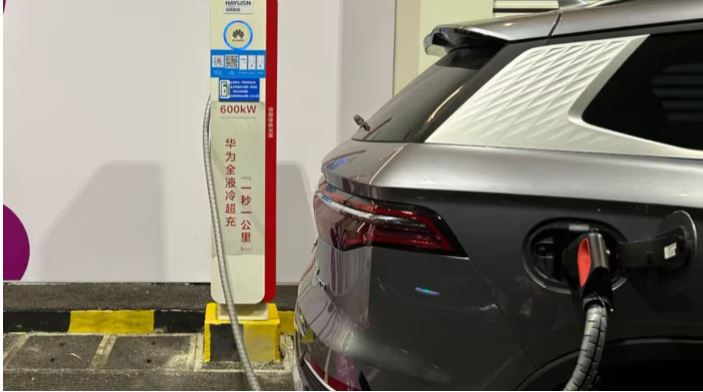
.JPG)
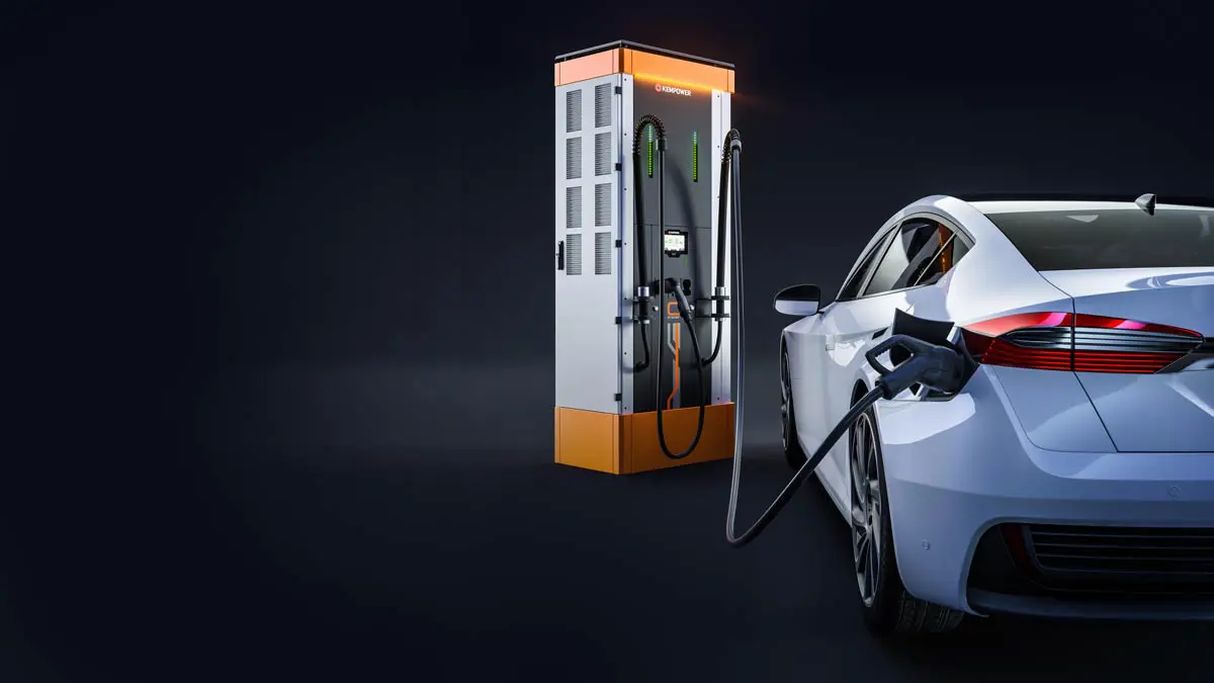
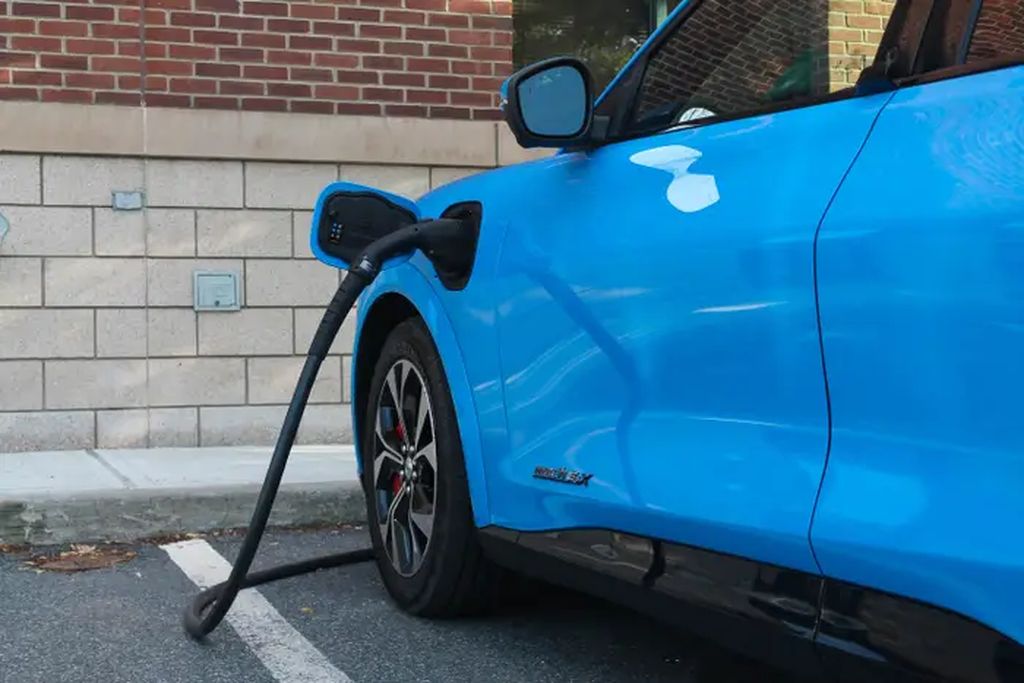
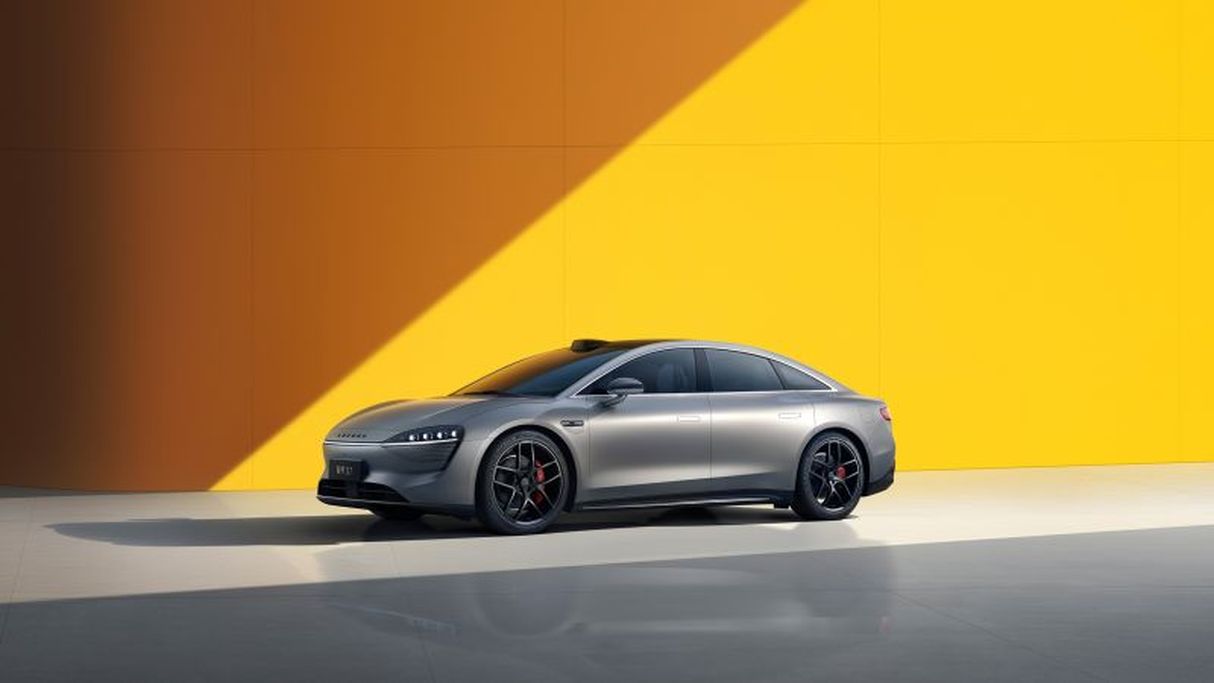
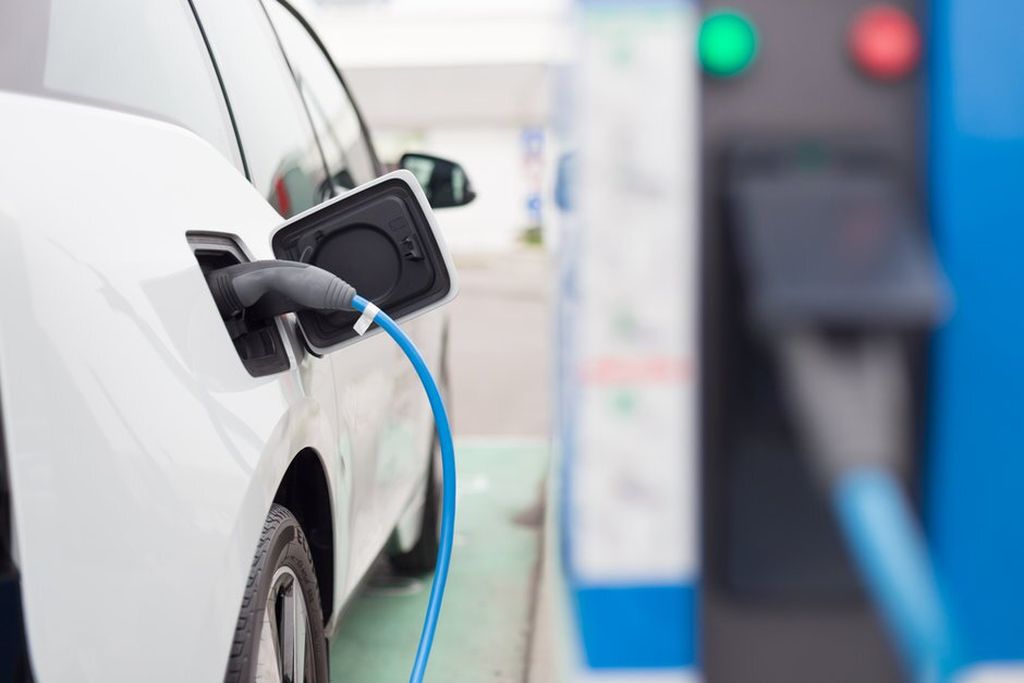
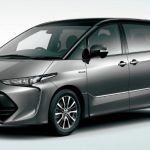
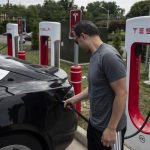
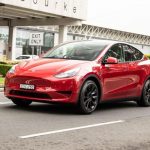
![[Quick Review] Hyundai IONIQ 5 – A Vehicle from the Future](https://vnauto.net/wp-content/uploads/2023/10/xehay-hyundaiioniq5-18052022-2-150x150.jpg)











